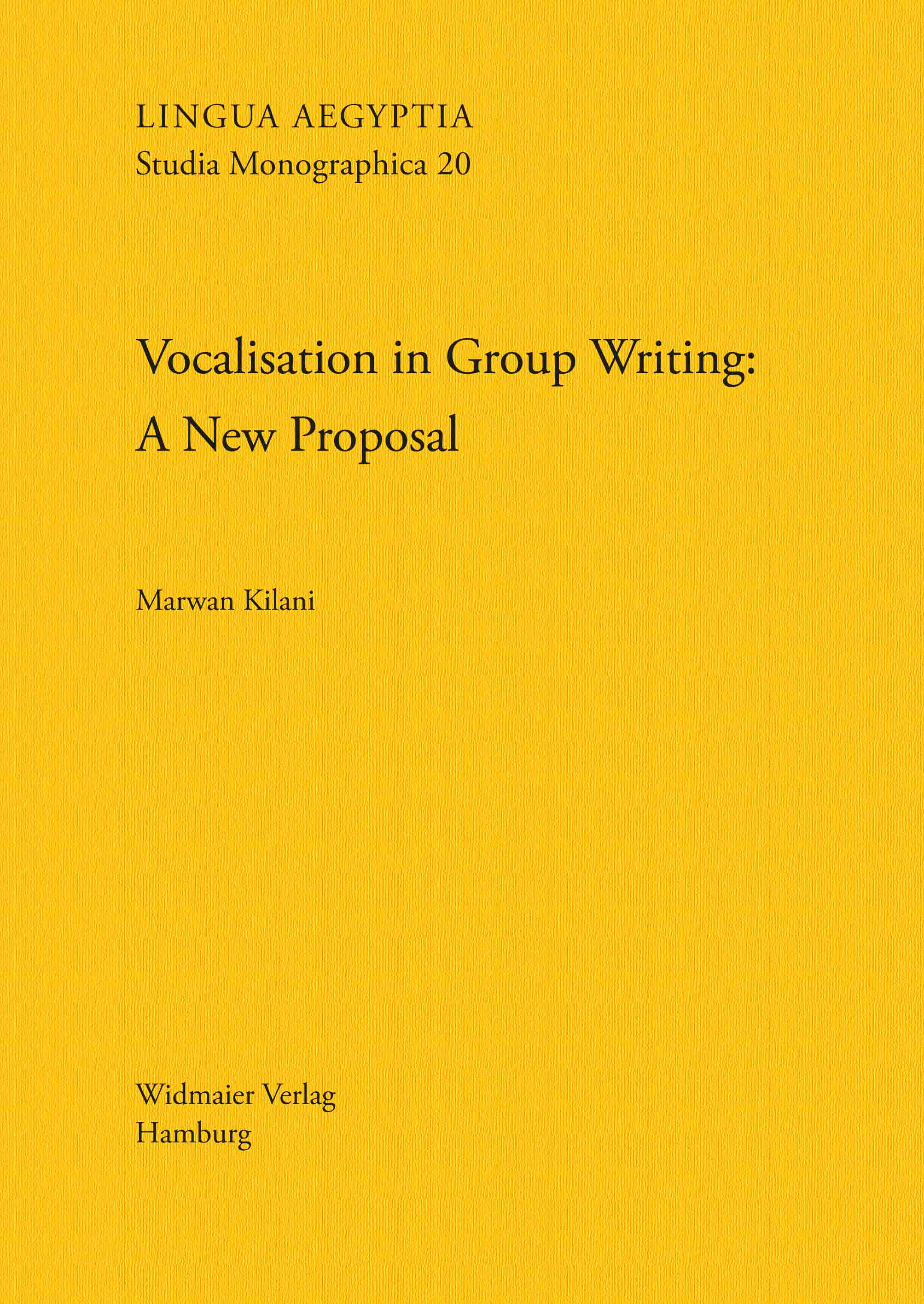The so-called group writing or syllabic orthography is a special orthography used in Egyptian hieroglyphic texts starting from the New Kingdom/Late Bronze Age. The nature and function of this orthography, especially the way it notates vowels, has been a topic of debate for more than a century, without any consensus being reached. In this book, Marwan Kilani presents a new interpretative model that provides a fresh explanation of how the syllabic orthography notates vowels. The author starts from a critical reanalysis of previous suggestions and from a thorough reassessment of the evidence. He then infers the functioning of the system by comparing the group writing spelling of Late Egyptian words surviving in Coptic with the reconstructions of their vocalizations. This approach leads to the recognition of a system that not only coherently explains all the spellings attested in the corpus, but which also produces interpretations of the spellings in group writing that agree with current reconstructions of the Egyptian vocalization. The book contains indexes and an Appendix listing the words analysed in the study.

